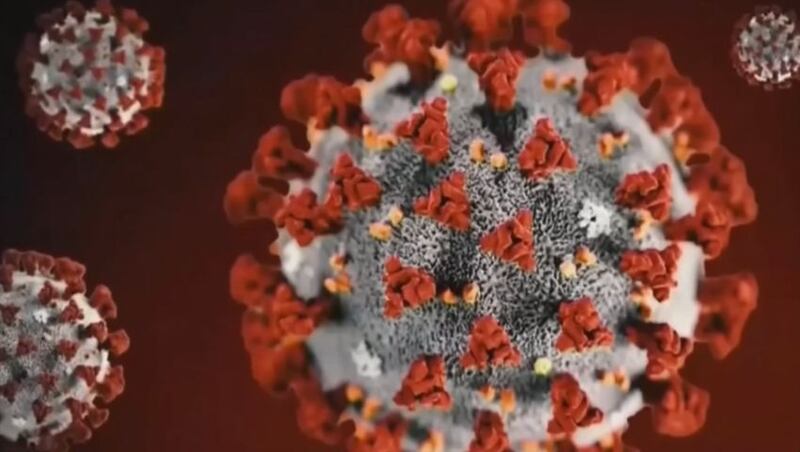SEATTLE — The number of new COVID-19 cases reported on Saturday jumped to 442 statewide. Researchers say that's a number one might expect during the peak of the pandemic in late March.
University of Washington biology professor Carl Bergstrom took a look at the numbers.
"There are a few things that could be going on. We have a whole lot of additional activity going on, everything from reopening, to people taking advantage of the weather, to the protests that are ongoing, all of these are possible venues for transmission we could be seeing increased transmission in the state," said Professor Bergstrom on Monday.
"The best way to figure that out is to wait for a few days and look at whether we have a consistent series of these high testing counts and if they were that high it would be very concerning because would put us back near where we were at the peak."
Today the World Health Organization spoke in support of the protests and encouraged people to socially distance when possible and to wear masks.
The WHO also released a surprising new finding.
"It still appears to be rare that an asymptomatic individual actually transmits onward. What we really want to be focused on is following the symptomatic cases. If we followed all of the symptomatic cases because we know that this is a respiratory pathogen. It passes from an individual through infectious droplets," said Dr Maria Van Kerkhove, Technical Lead of WHO Health Emergencies Programme. "If we actually followed all of the symptomatic cases, isolated those cases, follow the contacts and quarantine those contacts, we would drastically reduce."
The statement caught the attention of researchers. Bergstrom said it is important to make the distinction between
asymptomatic patients, who never show symptoms; and pre-symptomatic patients who eventually get sick.
"What the WHO statement was saying is they think there's a low rate of transmission from people who never get symptoms onward, but there's still is transmission from people not yet showing symptoms but will show symptoms later and that's the key distinction," said Bergstrom.
He says the World Health Organization is basing their statement on data that has not been released. He and other researchers want their own chance to analyze the new data. Either way at this point, he says, social distancing and wearing masks are still important for everyone.
© 2020 Cox Media Group






